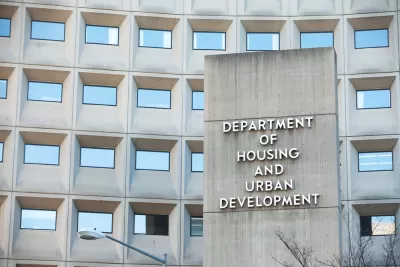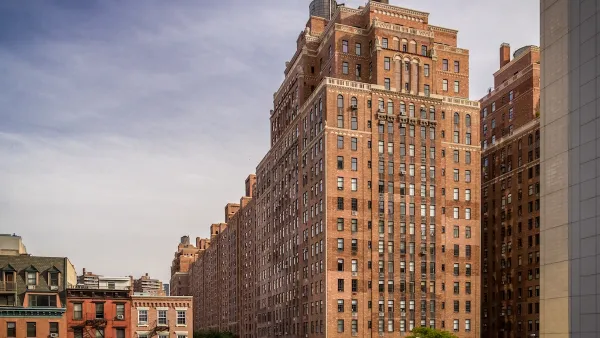Recently, the Department of Justice announced it would investigate college affirmative action programs for discrimination against whites. More recently, HUD announced that it was suspending an Obama-era rule meant to prevent segregation.

Trump's war on "political correctness" appears to be more than just a war on words. Jeff Sessions' Deptartment of Justice is assigning its Civil Rights Division to investigate and litigate the interests of white applicants in universities with affirmative action admissions policies. Several weeks ago, Trump tweeted that he was revoking the policy allowing transgender individuals to serve in the military. Then last week, the Department of Housing and Urban Development announced it was delaying an Obama Administration rule intended to minimize segregation of housing voucher recipients. San Diego-based poverty lawyer Parisa Ijadi-Maghsoodi writes:
The Final Rule was an attempt by the Obama Administration to address the nation’s housing segregation crisis. Segregation levels today mirror those that existed in the 1960s. See study. This resegregation of communities is a crisis exacerbated in metropolitan areas, like San Diego, where vouchers are accepted only in low-opportunity, high-poverty neighborhoods, if at all. Only 15% of children in families that receive housing subsidies live in low-poverty areas, the vast majority of these children live in very poor, segregated neighborhoods. See report.
Ijadi-Maghsoodi goes on to describe how the suspended Final Rule worked and how housing vouchers worked generally. HUD claims the rule is being delayed simply to allow public housing agencies more time to adjust their programs, and that any public housing authority ready to implement the rule may do so. However, housing advocates remain unconvinced given other recent administration moves and Trump's push to roll-back Obama Administration regulations.
FULL STORY: Trump’s Suspension of Obama’s De-Segregation Policy Impacts San Diego Housing Vouchers

Maui's Vacation Rental Debate Turns Ugly
Verbal attacks, misinformation campaigns and fistfights plague a high-stakes debate to convert thousands of vacation rentals into long-term housing.

Planetizen Federal Action Tracker
A weekly monitor of how Trump’s orders and actions are impacting planners and planning in America.

In Urban Planning, AI Prompting Could be the New Design Thinking
Creativity has long been key to great urban design. What if we see AI as our new creative partner?

King County Supportive Housing Program Offers Hope for Unhoused Residents
The county is taking a ‘Housing First’ approach that prioritizes getting people into housing, then offering wraparound supportive services.

Researchers Use AI to Get Clearer Picture of US Housing
Analysts are using artificial intelligence to supercharge their research by allowing them to comb through data faster. Though these AI tools can be error prone, they save time and housing researchers are optimistic about the future.

Making Shared Micromobility More Inclusive
Cities and shared mobility system operators can do more to include people with disabilities in planning and operations, per a new report.
Urban Design for Planners 1: Software Tools
This six-course series explores essential urban design concepts using open source software and equips planners with the tools they need to participate fully in the urban design process.
Planning for Universal Design
Learn the tools for implementing Universal Design in planning regulations.
planning NEXT
Appalachian Highlands Housing Partners
Mpact (founded as Rail~Volution)
City of Camden Redevelopment Agency
City of Astoria
City of Portland
City of Laramie





























